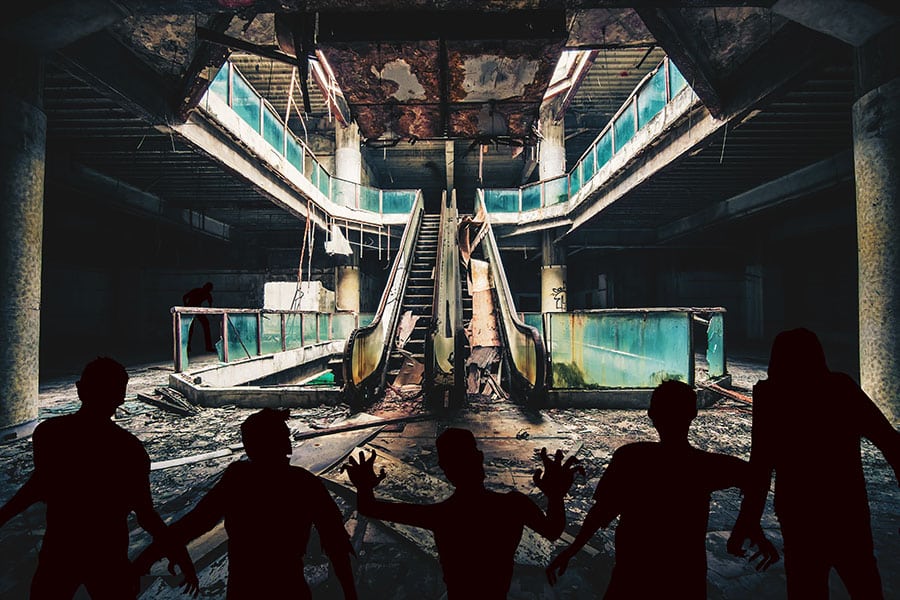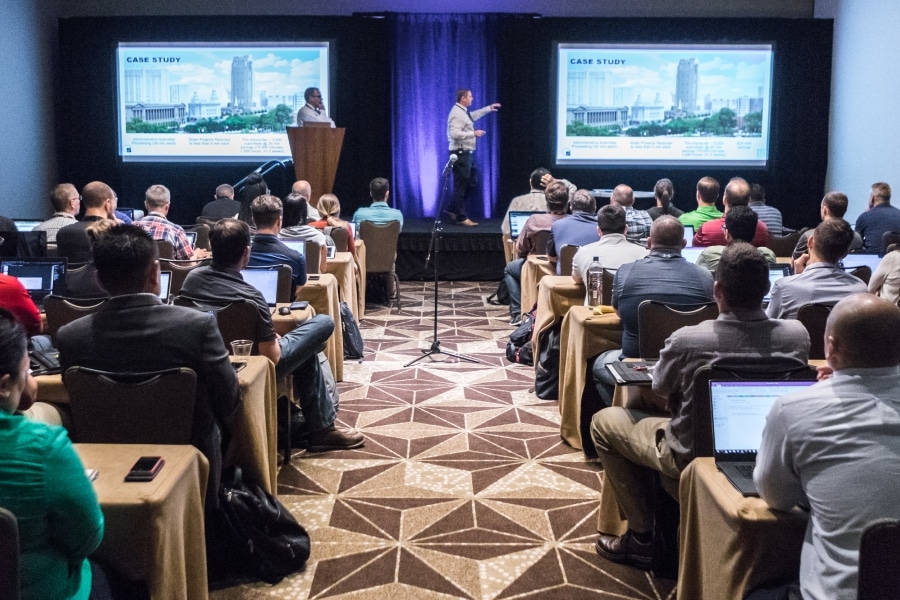We’ve all been there. You’re getting precious Saturday morning sleep only to be interrupted by construction noise. While it may be a mere annoyance to you, can you imagine how tough it is for construction workers hearing that day in and day out?
The threat of hearing damage and hearing loss is of concern for everyone, though most of us can blissfully ignore auditory dangers on the day to day.
But walk by any construction site and you’re bound to want to immediately cover your ears because it’s so loud!
The World Health Organization states safe volume levels are below 85 decibels for a maximum of 8 hours. Worksites are probably less the 85 decibels, right?
Here’s a quick list of construction equipment louder than 85 decibels:
- Bulldozers
- Hammer drills
- Pile drivers
- Concrete saw
- Forklifts
- Crane
- Nail gun
- Haul truck
The National Institute for Occupational Safety and Health (NIOSH) reports 22 million construction workers in the United States alone are exposed to hazardous noise.
But according to the Centers for Disease Control and Prevention (CDC), the most significant impacts on hearing on a site is not the individual loudness of noises, but rather the duration of hearing said noise over a long period of time. Basically, any noise over 85 decibels without ear protection for longer than 8 hours a day is considered hazardous.
Fortunately, the average trades person works on sites 8 hours a day, 5 days a week. Unfortunately, due to a skilled labor shortage, it’s not unusual for construction workers to do 6-day weeks or 12-hour days regularly. Despite those long days, only 14% of all construction workers have hearing damage. Obviously, some precautions are in place, right?
While specific regulations vary by state, OSHA has strict rules that all workers must be provided adequate ear protective devices like muffs or standard ear plugs, excluding plain cotton to protect them from loud noises on all jobsites, regardless of industry.
Despite these safety mandates, 31% of construction workers report not wearing protective ear devices. Why?
The No. 1 reason why people refuse to wear protective gear is discomfort. According to construction workers’ comments on Reddit, “foam ear plugs are cumbersome to take in and out all day, difficult to keep track of if not attached to a string and uncomfortable after about two hours of wear.”
Earmuffs don’t feel much better. Tradespeople say muffs that clip to hard hats are annoying when you have to take them off your ears, and they weigh the hard hats down.
Contrarily, electronic ear plugs that regulate sound decibels and improve situational awareness have rave reviews but are often expensive.
Ironically, a lot of the workers who do wear headphones or ear devices on sites are listening to music. Jamming out to music on worksites has not only led to increased morale and productivity, but the headphones also block out hazardous construction noise! I mean, that’s great, but is there an auditory cost?
There are no studies yet on how loud the music must play in these personal devices to block out the construction noise. It remains to be seen if the volume of the music could do more harm than good in the long run.
When possible, sites conceal their loudest machines behind noise barrier walls to reduce their impact on the rest of the sites. Ah, if only machines and tools weren’t so loud.
NIOSH and the CDC have a prevention initiative called Buy Quiet to encourage companies to buy and rent quieter tools that reduce noise exposure on sites. The “buy quiet” website includes audio file examples of two equal sized but different noise level circular saws cutting into a 1-inch-thick piece of oak.
The 1st saw is 107 decibels, and the 2nd saw is 96 decibels. Over time, even an 11-decibel difference can help avoid further hearing damage.
Tool manufacturers like US-based Milwaukee created the M18 Surge impact driver drill that results in 50% less noise than other drill iterations. Australia-based company Arbortech Limited makes quieter wall cutters at 92 decibels. And Taiwan manufacturer Gison Pneumatic Tools produces air compressed tools that can function like a quieter version of an ordinary hammer.
So, how damaging is construction noise? Well, as long as protective ear devices, creative communication styles and quieter tools are encouraged, construction workers can successfully protect their hearing for years to come.
But what about the angry neighbor complaining of being awoken early morning by a busy site?
City ordinances work to limit noise disruption in neighborhoods. For example, the City of Los Angeles mandates specific time limits on construction: 7 a.m. to 9 p.m. on weekdays and 8 a.m. to 6 p.m. on weekends, excluding Sundays and Holidays.
While some folks will argue that it’s still too early or too late for noise, maybe before complaining to the Forman about “all the racket” interrupting your Zoom call, tell a local construction worker thank you for risking their hearing to build us a better community.











